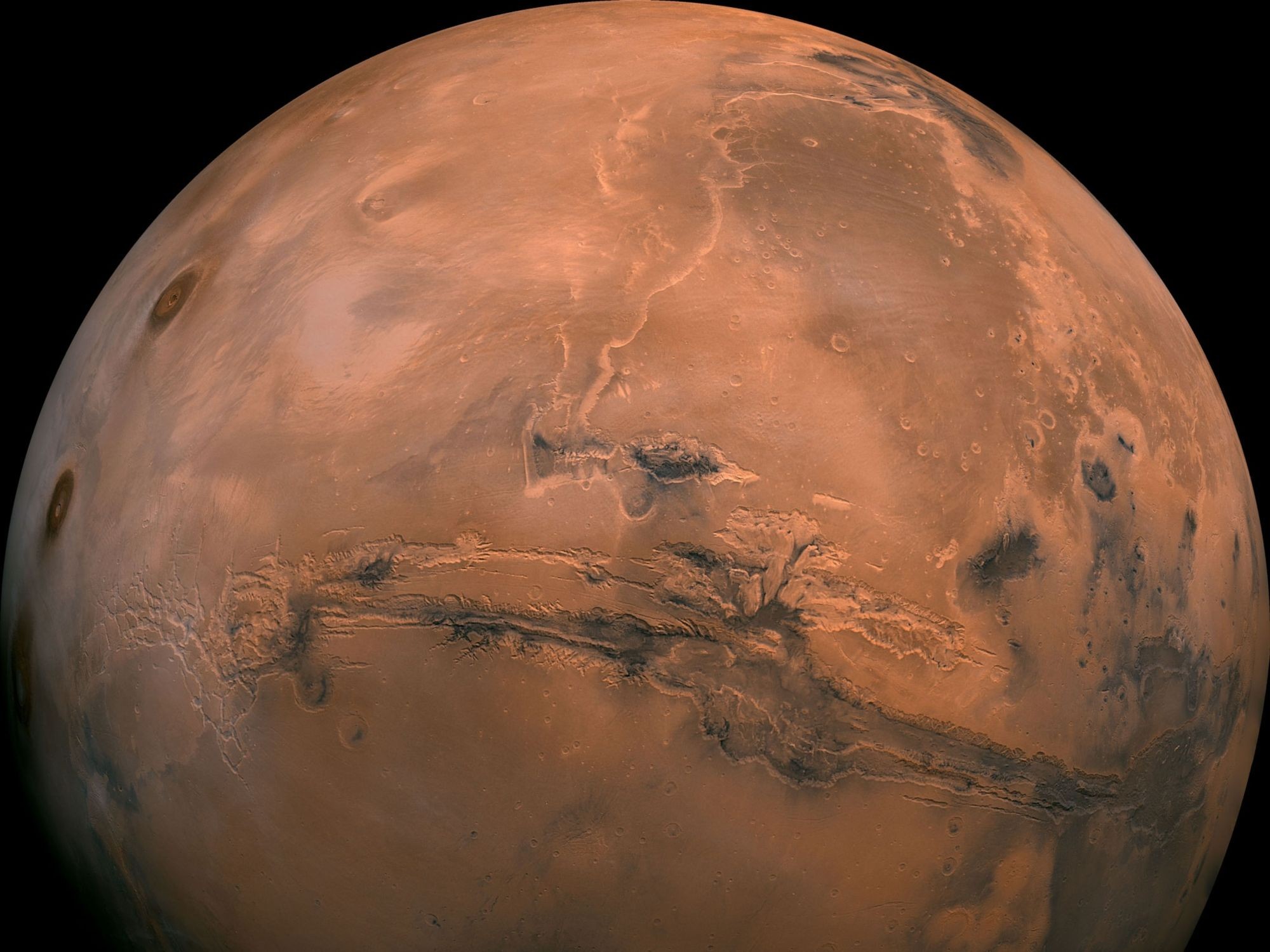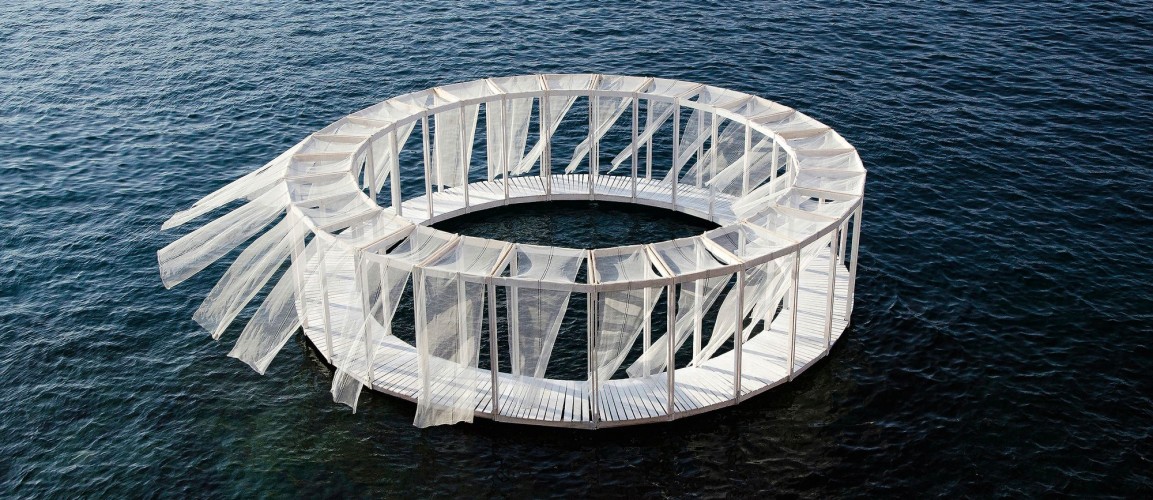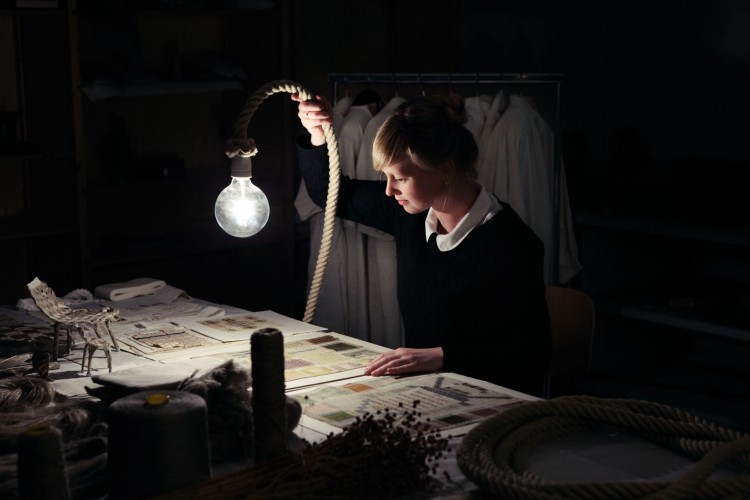Life on Mars?
DS.WRITER:
Tasos Giannakopoulos
Mars | natgeofe.com
“On planet EXIT, the plan is that it will soon be possible to download our mortal bodies into a mix of robots, DNA, clouds, and AI, thereby situated as far as possible from the humble and limited earth. Technology is transcendence. It needs no earth except as a provisional platform before new adventures begin. On to Mars!”
Bruno Latour, Senior Loeb Scholar Lecture, Harvard, 2018
In the past few years a paradoxical, in my opinion, phenomenon can be observed. While the present and future on this planet that we inhabit becomes more and more questionable for organised human -and non-human- life, obviously due to the climate change caused by the pollutants produced by human activity on Earth, curiosity and speculation about the red planet become more and more unfettered. Mars, then, has recently become a topic of discussion outside of astrological and astronomical circles, as the next point where life can continue. So, designers have been imagining how a colony might be set up there, NASA has been announcing respective contests and museums have been exhibiting the potential human intervention to Mars.
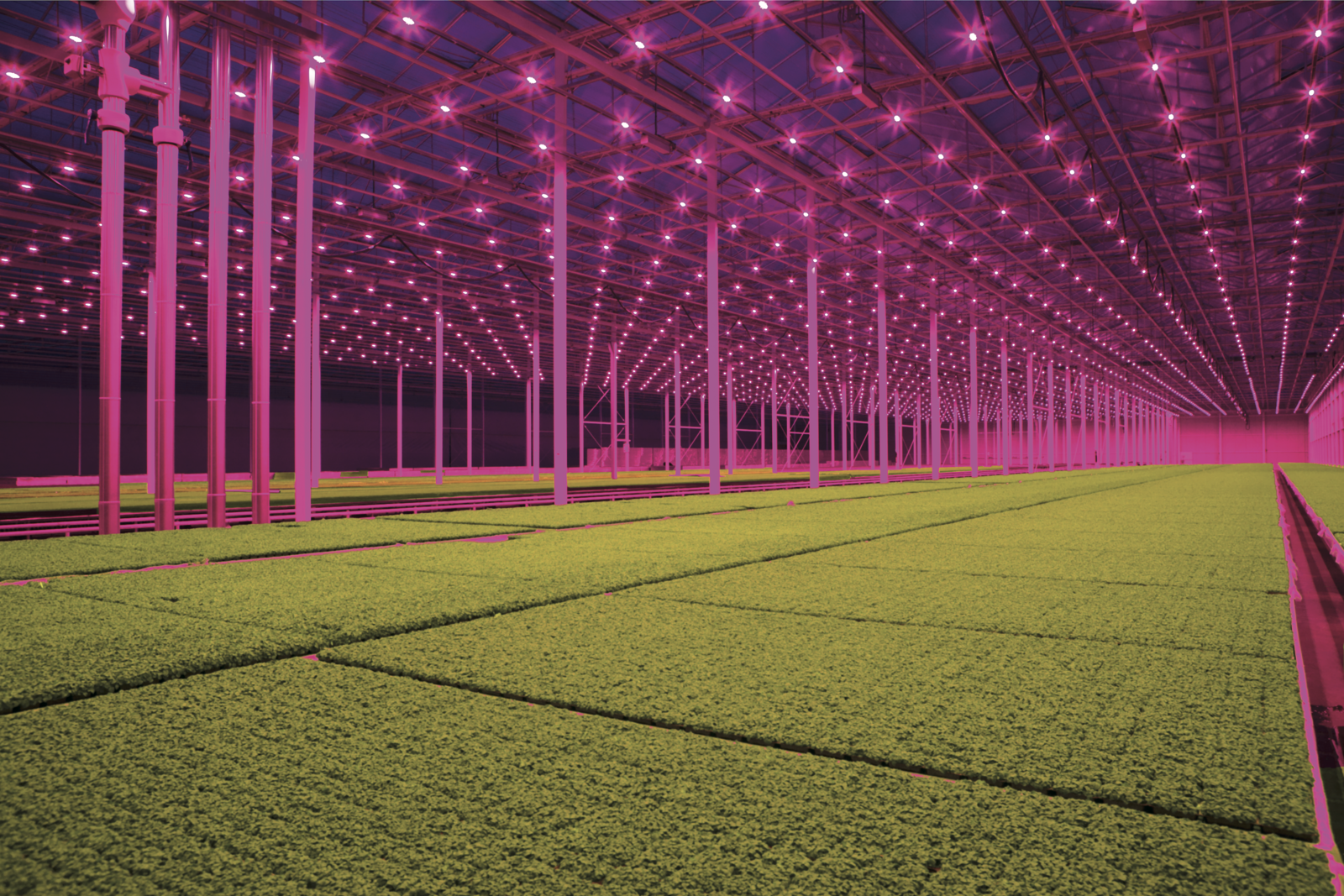
Dissident Gardens | hetnieuweinstituut.nl
So, while the phrase that one “is living on another planet” previously constituted a metaphor to express one’s lack of being in touch with reality, designers/researchers (such as the new wave of designer identity) are now, on one hand, actively trying to actualise it, so to speak, and on the other to design in relation to it so that through contrasts or similarities we can better understand life here on Earth. Such an endeavour was the noteworthy Dissident Gardens exhibition in Rotterdam in 2018. There, in one part of the exhibition that was called Gardening Mars, the red planet represented the latest technological promise, where with the use of "terraforming", a method of altering the landscape and atmosphere, the red planet was made suitable for human habitation. The exhibition introduced four narratives: Mars as a subject of science, an authentic and untouched space. Mars as a "Noah's Ark" and a refuge for human existence in a disaster that would threaten it or as the field of techno-utopians and transhumanists. And, finally, Mars as the next step in the spread of the human economy to the ends of the galaxy.
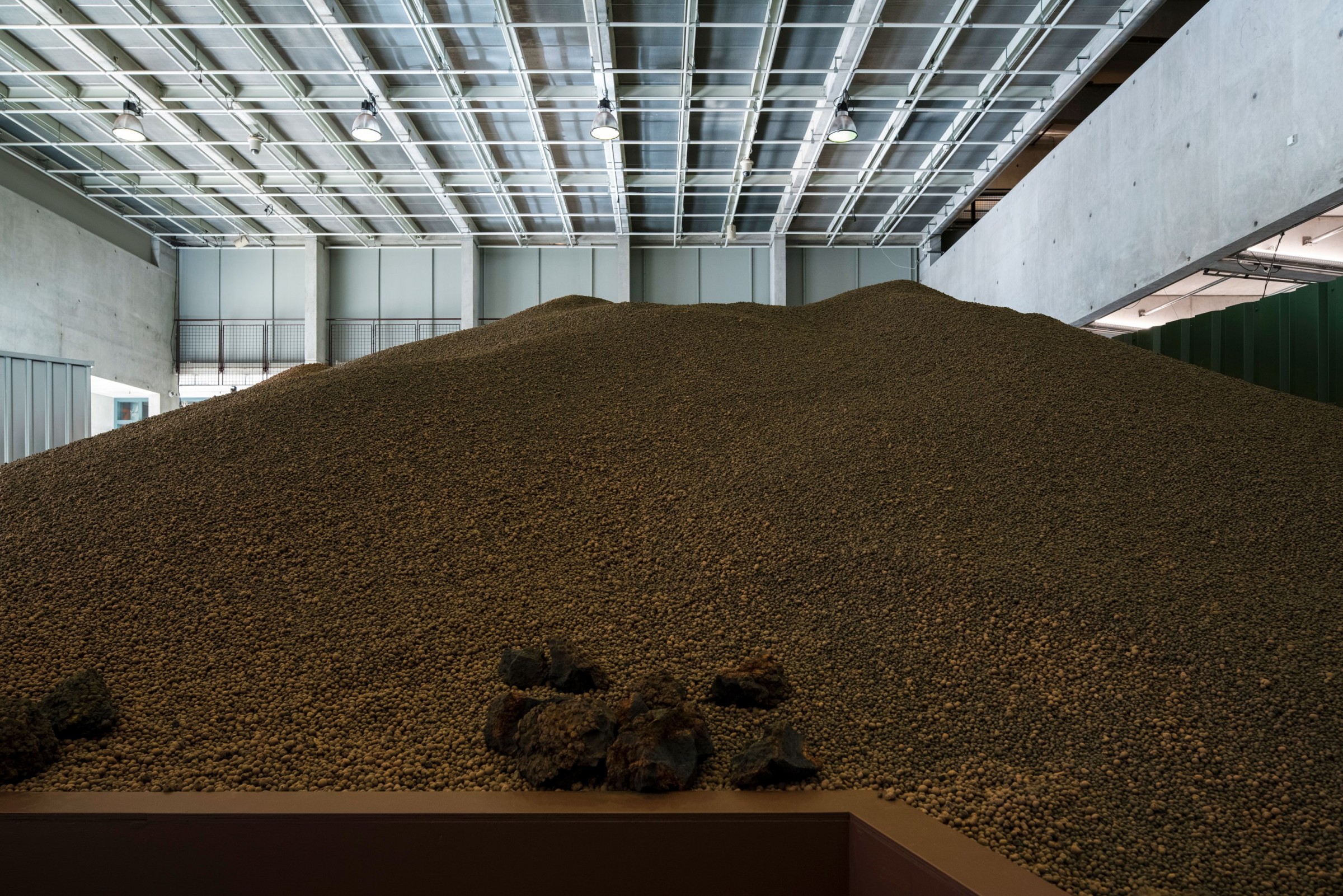
Gardening Mars | hetnieuweinstituut.nl
The Gardening Mars exhibition was also an invitation to a more radical, holistic form of imagining the ecological and social issues projected on Mars that are -first before anything else- crucial to life on Earth.
Another exhibition that raised serious questions about our political, economic and social issues here on Earth was Turkish artist Halil Altindere's 2016 video titled Space Refugee. It presented the provocative idea, largely inspired by Muhammed Ahmed Faris, the only Syrian cosmonaut, to send all refugees to Mars. Altindere's work is based on the romantic imaginary of space exploration but the viewer remains convinced that the peak of this activity took place during the Cold War. These polarities—the romance of space exploration, the astronaut-hero and the refugee—are why Space Refugee can evoke strong emotions. One of the protagonists in the film says that we will send people to Mars in our lifetime but it is too late for the millions of refugees seeking asylum, highlighting the extent of our tragic condition.
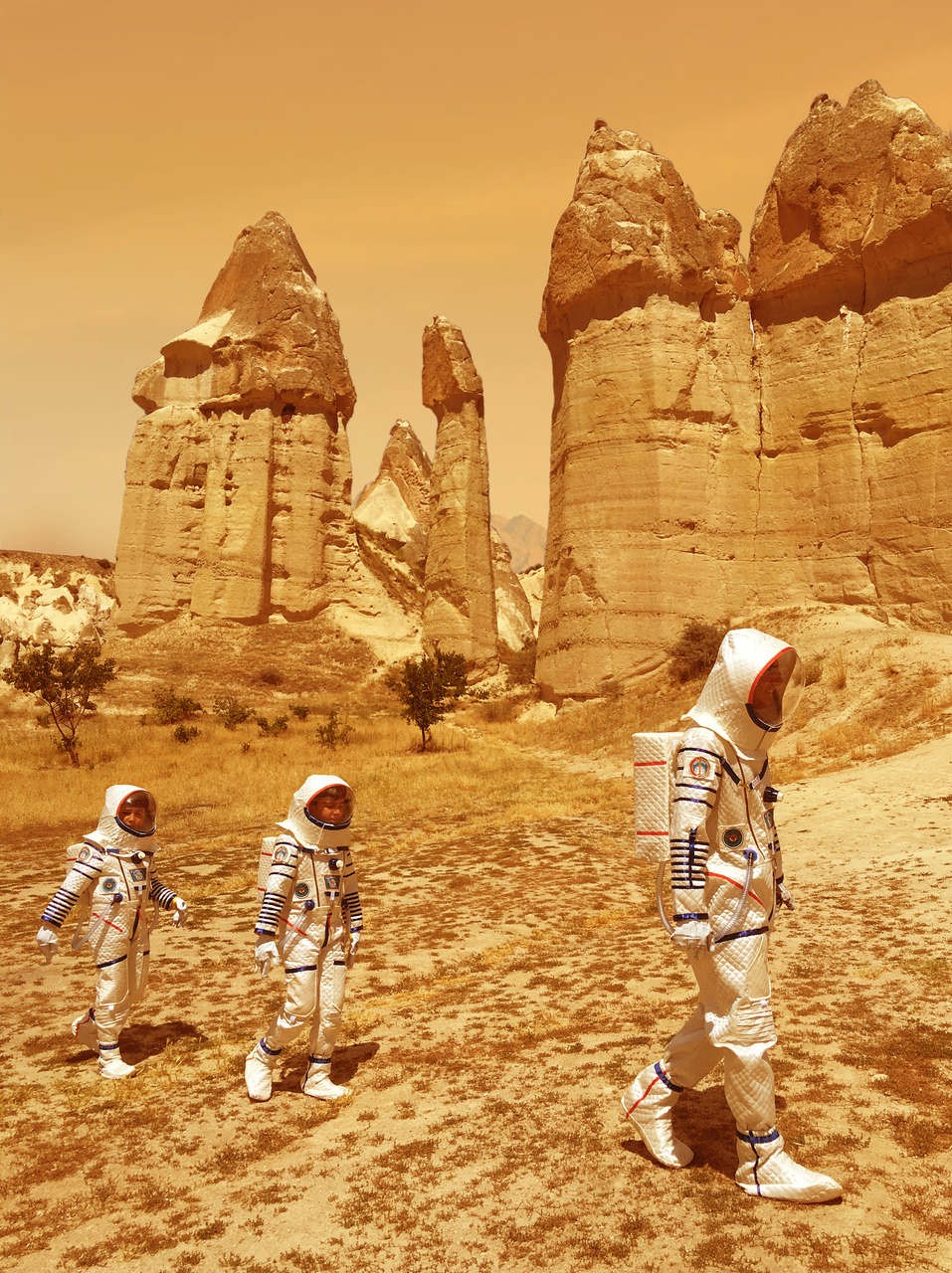
Halil Altindere, Space Refugee | halilaltindere.com
Other attempts to imagine the planet Mars in the past are Alexander Bogdanov's 1908 Red Star, where the planet Mars has been colonised by communists that ponder whether they should colonise the capitalist Earth, and Octavia Butler's Xenogenesis trilogy, which deals with a human race, sick essentially, with the syndrome of hyperempathy, as a result of which it treats other living species with respect and not just as objects to be exploited.
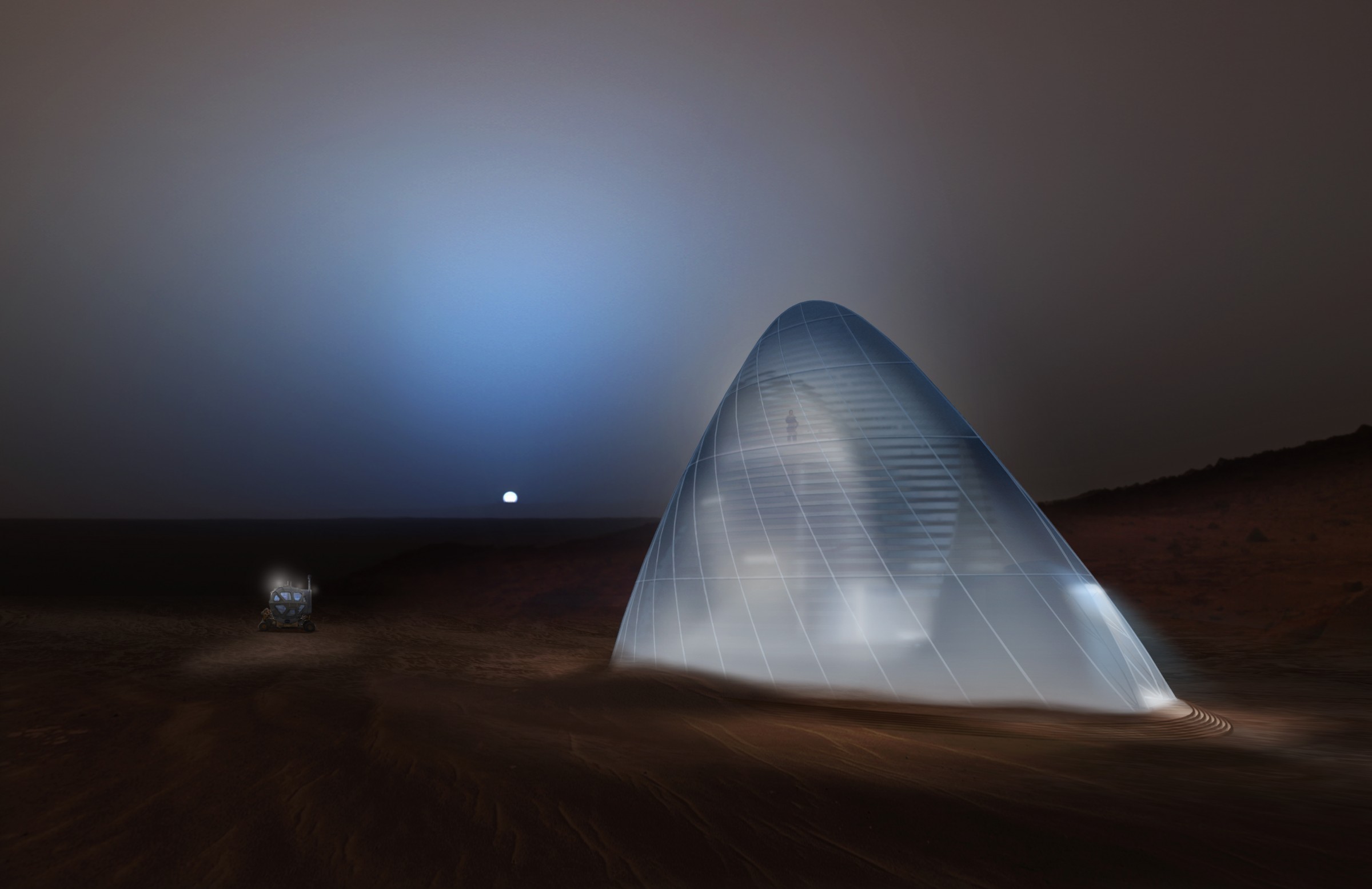
Mars Ice House, Team Space Exploration Architecture and Clouds Architecture Office of New | nasa.gov
All these examples show in a very direct way how our interplanetary imaginaries become a way to expand our understanding and practice of earthly life. At the same time, they also show something else. On one hand, the inauguration of the Space Force by the former president of the empire of the United States, Donald Trump and on the other, the tweets and efforts from Silicon Valley to colonise the red planet, show humanity’s clear thoughts about it. It is the idea of a state/corporation without any legal restrictions - not that on Earth legal restrictions cause particular friction in the class of billionaires as has been proven by the terrabytes of the Panama Papers, Pandora Papers etc- that will want to extract everything valuable this planet has, and for most of us to go there as the next stop for work and not so much for an idyllic vacation. To begin with, we all understand that space exploration brings technological achievements back to Earth as it did with Soviet and American missions in the previous century. However, it remains paradoxical that planet Earth is being destroyed and our efforts are focused on Mars, that we are in serious trouble here and now and indulge in escapist fantasies of another planet somewhere far away in another era. At this point, the crucial zone in which life takes place is lost. The other scenario, which is not a naive escape from reality, but is sadder, is to be sure that the end of our planet is coming. There we admit that it is easier for us to imagine the end of the world than to imagine the end of the economic system that brings us ever closer to extinction. And no one ever survived without imagination.
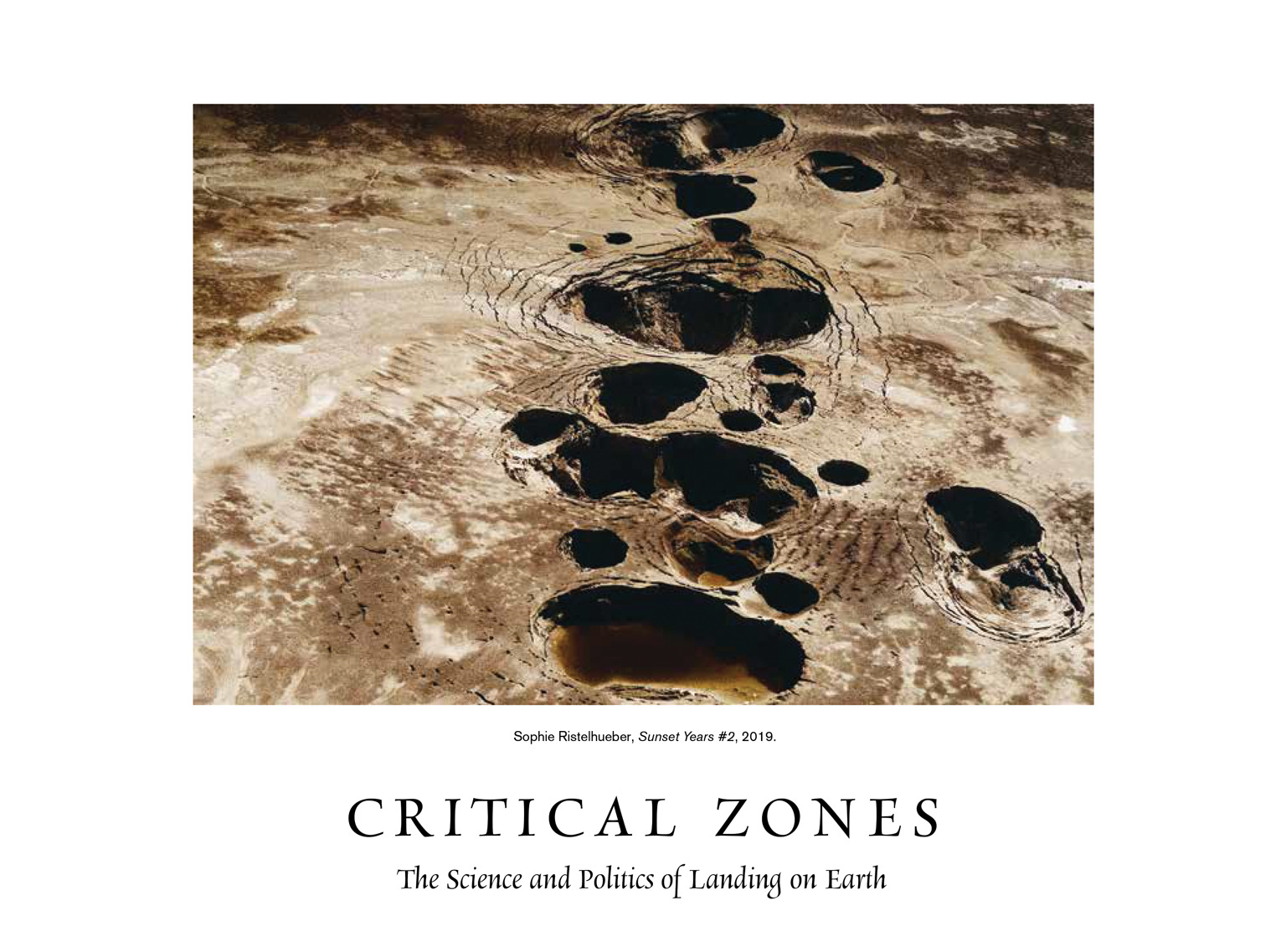
Critical Zones, Bruno Latour | penguin.com
Bruno Latour's lecture on the subject of the many imaginary planets we inhabit has been made freely available by him at the following link: bruno-latour.fr




